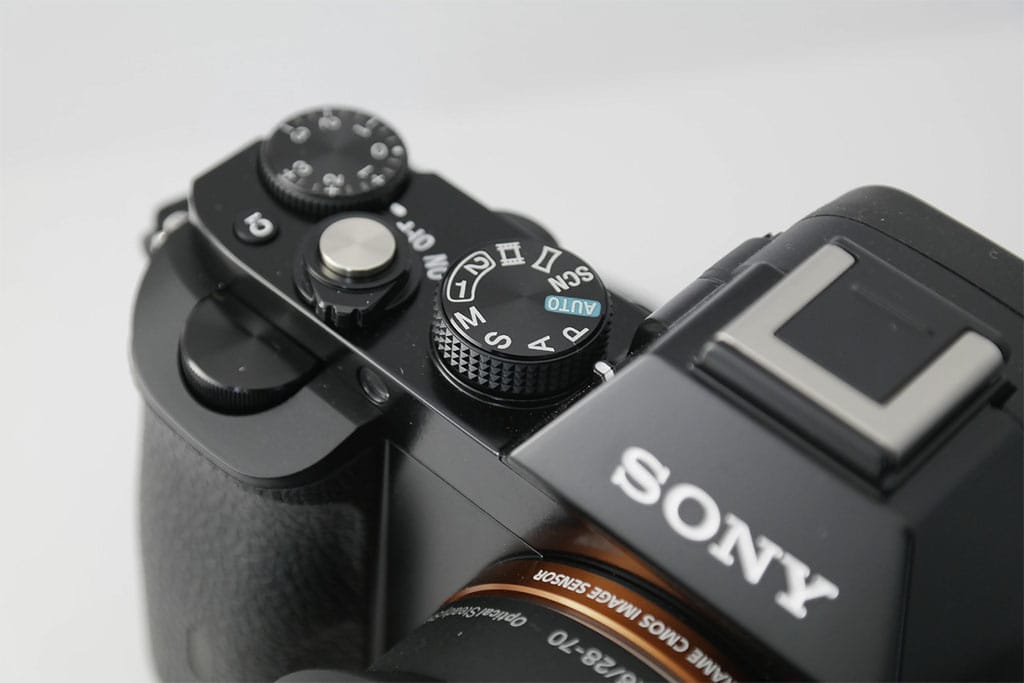
In photography, ISO is one of the three fundamental exposure settings, along with aperture and shutter speed. Understanding what ISO is and how it affects the exposure and image quality of your photographs is essential for every photographer, whether you’re a beginner or a seasoned pro. In this article, we will explore the concept of ISO, its role in achieving proper exposure, and its impact on the quality of your images.
What is ISO?
ISO stands for the International Organization for Standardization, which standardized film sensitivity ratings in the past. In digital photography, ISO refers to the sensitivity of your camera’s image sensor to light. It’s a crucial setting in determining how well your camera can capture images in various lighting conditions.
How ISO Impacts Exposure:
1. Sensitivity to Light: ISO settings represent the sensitivity of your camera’s sensor to light. A low ISO, such as ISO 100 or 200, makes the sensor less sensitive, requiring more light for a well-exposed image. On the other hand, a high ISO, such as 800, 1600, or even 3200, increases sensitivity, allowing for proper exposure in low-light conditions.
2. Exposure Compensation: Increasing the ISO can be used to compensate for low light. When shooting in dim environments, you can raise the ISO to achieve a faster shutter speed or smaller aperture, ensuring your image isn’t underexposed.
3. Trade-offs: While higher ISO values enable low-light shooting, they come with a trade-off. Increased sensitivity introduces digital noise or grain, affecting image quality. This noise can lead to a loss of detail, color accuracy, and sharpness.
How ISO Affects Image Quality:
1. Digital Noise: As you raise the ISO, the digital noise in your photos increases. Noise appears as random specks or color distortions and can reduce the overall quality of the image. Lower ISO settings result in cleaner, crisper images with less noise.
2. Loss of Detail: High ISO settings can also cause a loss of fine detail, making your images look less sharp. This is particularly noticeable in smooth gradients, like the sky, where noise can create unwanted artifacts.
3. Color Accuracy: Increased ISO may lead to a shift in color accuracy. Images captured at high ISO values might exhibit color shifts or reduced vibrancy, which can be challenging to correct in post-processing.
4. Dynamic Range: The dynamic range of your camera, which represents its ability to capture details in both highlights and shadows, can be reduced at high ISO settings. This means you may lose points in bright and dark areas of your image.
Choosing the Right ISO:
The appropriate ISO for a given situation is essential for achieving the desired exposure and image quality. Here’s a simple guideline:
1. Low ISO (100-400): Use low ISO settings when shooting in bright daylight or well-lit conditions. This results in images with minimal noise and optimal image quality.
2. Moderate ISO (400-800): Opt for moderate ISO settings when light conditions are less than ideal, such as overcast days or indoor environments. This balances exposure and image quality.
3. High ISO (800+): Reserve high ISO settings for low-light situations, like nighttime or indoor photography. Be prepared for increased noise, and use noise reduction techniques during post-processing.
Conclusion:
ISO is a fundamental exposure setting in photography that influences the sensitivity of your camera’s sensor to light. It plays a significant role in achieving proper exposure and balancing image quality. By understanding how ISO affects your photographs, you can make informed decisions when setting your camera, ensuring that your images are well-exposed and maintain the desired quality. Balancing ISO with other exposure settings, like aperture and shutter speed, is key to capturing stunning and noise-free photos in lighting.


Recent Posts
In shadows cast by love's deceitful guise,He wandered blind, his heart the captive prize.Through realms unknown, where truth remained concealed,He followed trails of falsehood, unrevealed. Blinded...
Prepare to be amazed as the MCAS Cherry Point Air Show returns on May 11-12. This annual event, hosted by the Marine Corps Air Station (MCAS) Cherry Point in North Carolina, promises a weekend of...